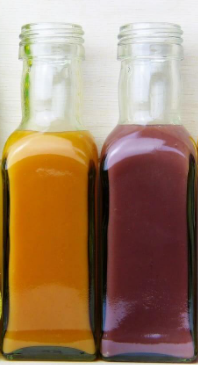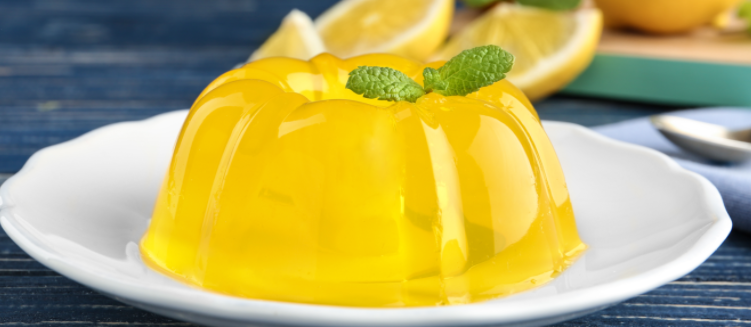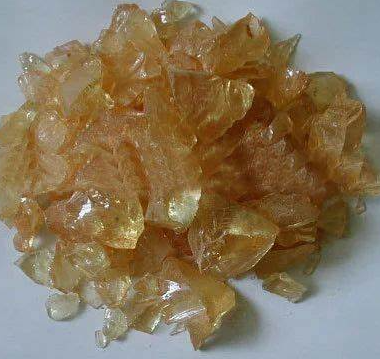- All
- Product Name
- Product Keyword
- Product Model
- Product Summary
- Product Description
- Multi Field Search
| Availability: | |
|---|---|
| Quantity: | |
FOOD GRADE
flying deer
About Fumaric Acid:
Appearance: White, crystalline powder.
Taste: It has a sour taste, which makes it a popular acidulant in food and beverage applications.
Solubility: Fumaric acid is relatively less soluble in water compared to other dicarboxylic acids, but it is soluble in alcohol and slightly soluble in water.
Applications of Fumaric Acid:
Food & Beverage Industry:

Acidulant: Fumaric acid is widely used to impart a sour taste to foods and beverages, such as soft drinks, fruit juices, and wine. It enhances flavor profiles and can also be used in dry food products like powdered drink mixes, where its low moisture absorption is beneficial.
Preservative: Its antimicrobial properties help inhibit the growth of bacteria, yeast, and molds in foods, extending their shelf life. It is particularly useful in baked goods and bread.
Leavening Agent: In combination with baking soda, fumaric acid can act as a leavening agent in baked products, releasing carbon dioxide and causing the dough to rise.



Pharmaceutical Industry:
Excipient: It serves as an excipient in some pharmaceutical formulations, helping to stabilize the pH and improve the solubility of active ingredients.
Therapeutic Agent: Fumaric acid esters are used in the treatment of psoriasis and other skin conditions, leveraging its anti-inflammatory and immune-modulating properties.
Cosmetic & Personal Cares:
pH Adjuster: In cosmetics and personal care products, fumaric acid is used to adjust and maintain the desired acidity (pH) of formulations, ensuring product stability and skin compatibility.
Skin Care Products: Its mild acidity is utilized in skin care products, where it can help to promote exfoliation and maintain healthy skin pH levels.
Industrial Applications:
 Resin Production: Fumaric acid is used in the manufacture of unsaturated polyester resins, which are key components in fiberglass, automotive body fillers, and marine equipment.
Resin Production: Fumaric acid is used in the manufacture of unsaturated polyester resins, which are key components in fiberglass, automotive body fillers, and marine equipment.
Paper Sizing: It can be involved in the paper manufacturing process, where it helps in sizing, improving the paper's resistance to water and grease.
About Fumaric Acid:
Appearance: White, crystalline powder.
Taste: It has a sour taste, which makes it a popular acidulant in food and beverage applications.
Solubility: Fumaric acid is relatively less soluble in water compared to other dicarboxylic acids, but it is soluble in alcohol and slightly soluble in water.
Applications of Fumaric Acid:
Food & Beverage Industry:

Acidulant: Fumaric acid is widely used to impart a sour taste to foods and beverages, such as soft drinks, fruit juices, and wine. It enhances flavor profiles and can also be used in dry food products like powdered drink mixes, where its low moisture absorption is beneficial.
Preservative: Its antimicrobial properties help inhibit the growth of bacteria, yeast, and molds in foods, extending their shelf life. It is particularly useful in baked goods and bread.
Leavening Agent: In combination with baking soda, fumaric acid can act as a leavening agent in baked products, releasing carbon dioxide and causing the dough to rise.



Pharmaceutical Industry:
Excipient: It serves as an excipient in some pharmaceutical formulations, helping to stabilize the pH and improve the solubility of active ingredients.
Therapeutic Agent: Fumaric acid esters are used in the treatment of psoriasis and other skin conditions, leveraging its anti-inflammatory and immune-modulating properties.
Cosmetic & Personal Cares:
pH Adjuster: In cosmetics and personal care products, fumaric acid is used to adjust and maintain the desired acidity (pH) of formulations, ensuring product stability and skin compatibility.
Skin Care Products: Its mild acidity is utilized in skin care products, where it can help to promote exfoliation and maintain healthy skin pH levels.
Industrial Applications:
 Resin Production: Fumaric acid is used in the manufacture of unsaturated polyester resins, which are key components in fiberglass, automotive body fillers, and marine equipment.
Resin Production: Fumaric acid is used in the manufacture of unsaturated polyester resins, which are key components in fiberglass, automotive body fillers, and marine equipment.
Paper Sizing: It can be involved in the paper manufacturing process, where it helps in sizing, improving the paper's resistance to water and grease.